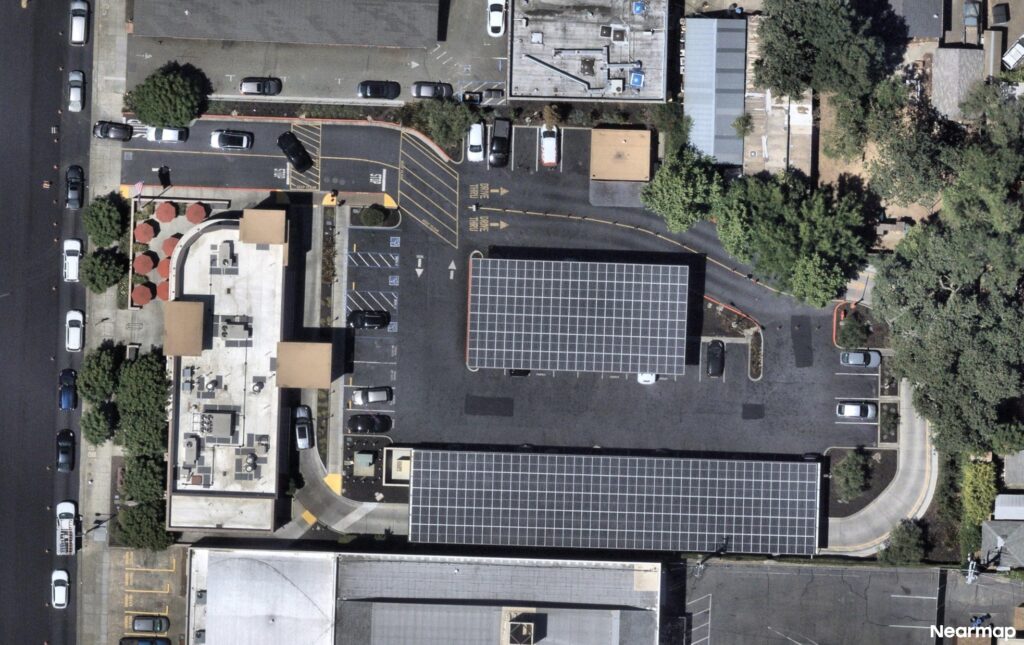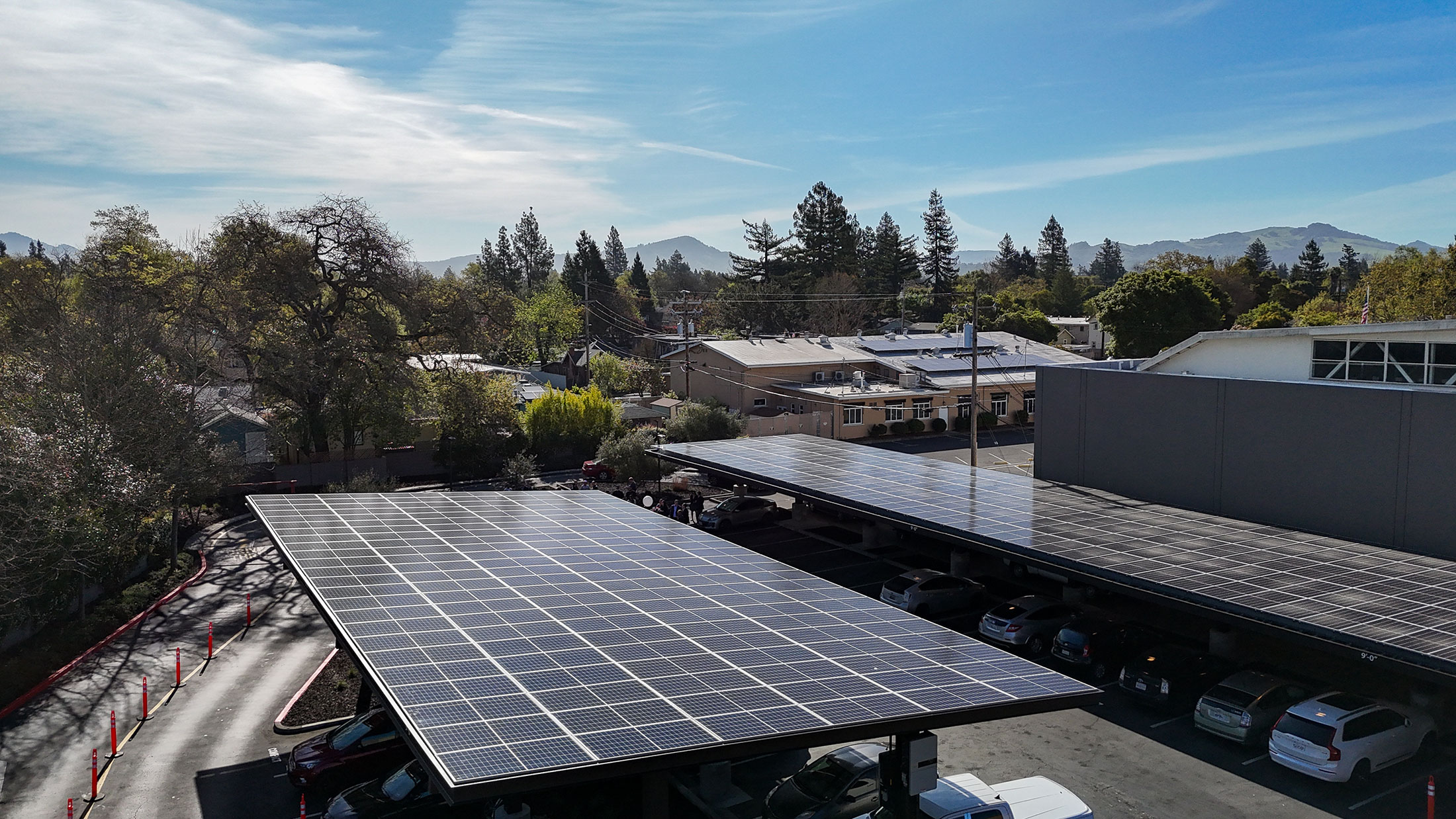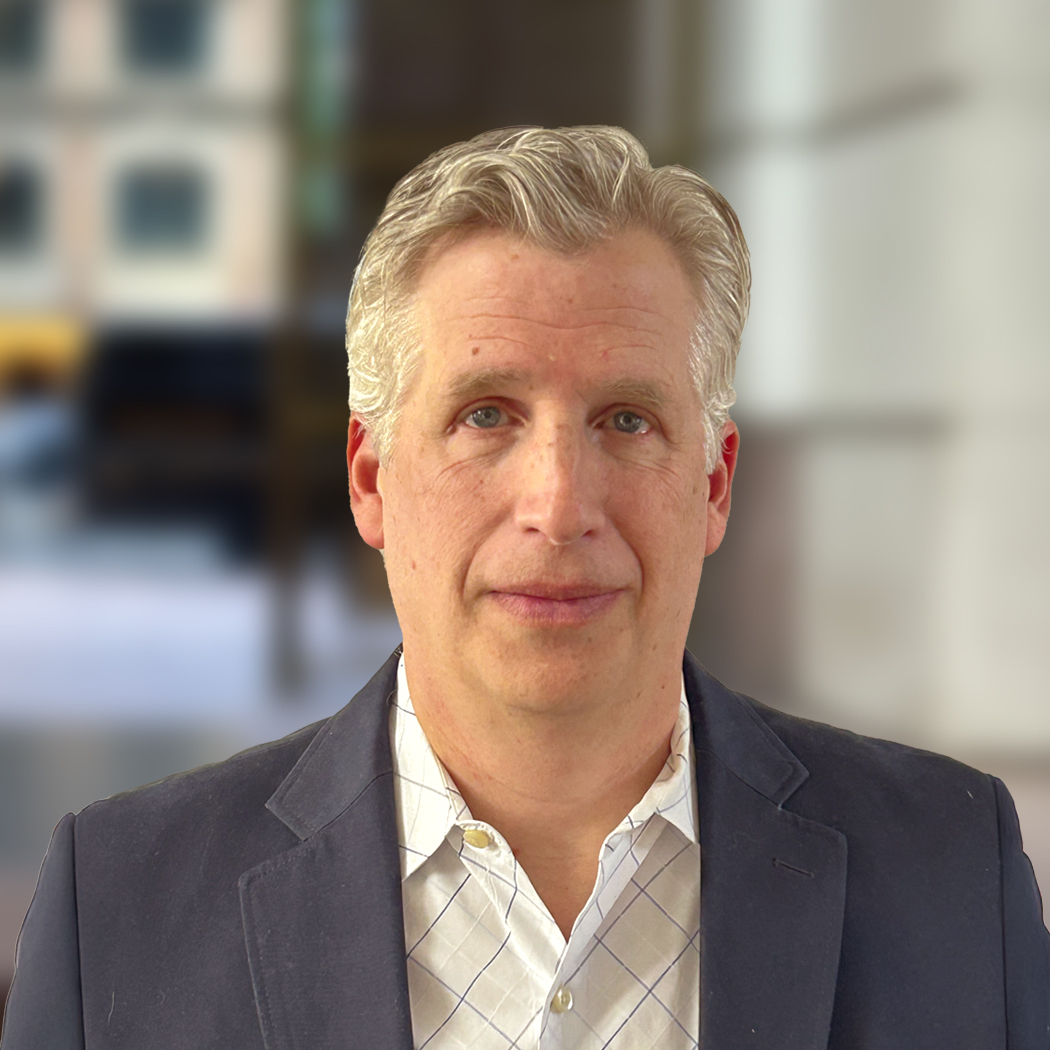Guest post from Project Development Analyst Sam Weinstein Zimbel
Having grown up with the looming fear of climate change, helping to develop microgrids as a Gen Z professional feels like my chance to directly tackle these challenges, turning my climate-anxiety into actionable progress for a sustainable future. But why specifically microgrids? These smaller scale solar and battery installations, on all kinds of commercial and industrial buildings, are a fast-growing and integral part of America’s energy transition and improving the resilience of our country’s aging grid.
As a climate-concerned Gen Z (most of us are), there are many solar and renewable energy “solution myths” we often hear through social media. For example, it’s often claimed that a large chunk of land, roughly between 10000-22000 square miles (between 3% and 8% of the area of Texas), of solar panels, could power the entirety of the U.S. Of course, this is not a feasible idea, but some of the issues with this approach – the enormous amount of funding and maintenance required, a huge complement of batteries, and upgrades to the U.S. power grid that seem unlikely to happen quickly – illustrate the real issues that come with industrial scale solar. The U.S. will, without doubt, need industrial scale solar projects to reach carbon-neutrality, but grid upgrades to support these projects will take at least a decade. So, in the meantime, microgrids are an excellent alternative.
Another common “solution myth” comes in a few varieties, but it can be summed up as, “what if we put solar panels on everything?” This might include solar highways, or solar panels on every home in America. I’ve always personally been enamored with the idea of using “wasted space”, such as parking lots and large warehouse roofs, for solar panels, but these approaches have issues, like ignoring the necessity of energy storage, and space limitations. Luckily, microgrid developers, like SolMicroGrid, have found ways to capitalize on this idea.

Some commercial roofs are either too flimsy, small, or overcrowded for a solar array. A solar canopy in the parking lot can provide shade for cars and clean energy from the sun. This solution makes the parking lot more comfortable for the customer, more useful to the business, and cleaner for the environment. Pair this canopy with a battery, and the system can discharge energy to the business during peak energy use times (not necessarily when the sun is shining!), reducing grid strain. Solutions like these give me hope that more and more American businesses will be able to serve their customers better, while contributing more to U.S. efforts to fight climate change. And many businesses are taking advantage of these solutions!
If you’re interested in renewable, cheap energy for your business, as well as a sustainability commitment that your customers will appreciate, check out our solutions page.
If you want to help SolMicroGrid build a net-zero future for American businesses, explore our careers page.









